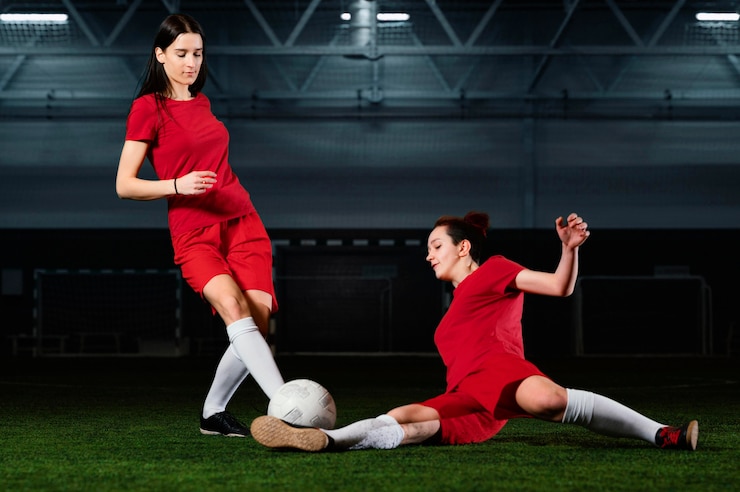Understanding the Risk: What is the Likelihood of Drowning for Paddlers in Small Boats?
Paddling in small boats, whether it be a kayak, canoe, or paddleboard, is a popular outdoor activity enjoyed by many. While it can be a peaceful and enjoyable experience, there are risks associated with being out on the water. One of the most concerning risks is the potential for drowning. In this article, we will explore the likelihood of drowning for paddlers in small boats and discuss important safety measures to prevent such tragedies.
Understanding the Risks
Although paddling in small boats is generally considered a safe activity, the likelihood of drowning is still a significant concern. Accidents can happen, and unexpected factors such as changing weather conditions, strong currents, or equipment failure can increase the risks involved. Additionally, inexperienced paddlers or those without proper safety training may be more susceptible to accidents on the water.
Statistics on Drowning Incidents
According to the U.S. Coast Guard, the majority of boating-related fatalities involve drowning. In fact, in cases where the cause of death was known, 79% of boating-related fatalities in 2019 were due to drowning. Small boats, including kayaks and canoes, accounted for a significant portion of these incidents. These statistics highlight the gravity of the risk and emphasize the importance of taking necessary precautions to prevent drowning while paddling.
Factors Contributing to Drowning
Several factors can contribute to the likelihood of drowning for paddlers in small boats. One of the most significant factors is the absence of a personal flotation device (PFD). A PFD is a crucial piece of safety equipment that can prevent drowning by keeping the paddler afloat in the water. Failing to wear a PFD increases the risk of drowning, especially in unexpected situations such as capsizing or falling overboard.
Other contributing factors include alcohol consumption, adverse weather conditions, and lack of swimming ability. It is important for paddlers to understand these risk factors and take appropriate measures to mitigate them, such as avoiding alcohol consumption while paddling, monitoring weather forecasts, and improving swimming skills.
Preventing Drowning Incidents
Preventing drowning incidents among paddlers in small boats requires a proactive approach to safety. This includes wearing a properly fitting PFD at all times while on the water, regardless of skill level or experience. Paddlers should also be aware of their surroundings and be prepared for sudden changes in weather or water conditions. In addition, receiving proper safety training and adhering to boating regulations can significantly reduce the likelihood of drowning.
Conclusion
Overall, the likelihood of drowning for paddlers in small boats is a real concern that should not be taken lightly. By understanding the risks, being prepared, and taking appropriate safety measures, paddlers can enjoy their time on the water while minimizing the potential for drowning incidents. It is crucial for all paddlers to prioritize safety and be proactive in preventing accidents while engaging in this rewarding outdoor activity.
FAQs
Q: Is it safe to paddle in a small boat?
A: Paddling in a small boat can be safe as long as paddlers take necessary safety precautions, such as wearing a PFD, staying aware of their surroundings, and obtaining proper training.
Q: What should I do if my small boat capsizes?
A: If your small boat capsizes, stay calm and try to hold onto the boat if possible. If you are wearing a PFD, it will help keep you afloat while you await rescue or work to right the boat.
Q: Can I paddle without a PFD if I am a strong swimmer?
A: Regardless of swimming ability, it is essential to wear a PFD while paddling in a small boat. Unexpected incidents can occur, and a PFD provides added protection against drowning.
what is the likelihood of drowning for paddlers in small boats
Understanding the risk of drowning for paddlers in small boats is crucial for anyone planning to engage in water activities. The likelihood of drowning can vary depending on various factors such as weather conditions, the skill level of the paddler, and the type of watercraft being used. By understanding these factors, paddlers can take appropriate precautions to minimize the risk of drowning.
Weather conditions play a significant role in the likelihood of drowning for paddlers. Rough waters, strong currents, and inclement weather can increase the risk of capsizing and drowning for paddlers in small boats. It is important for paddlers to be aware of weather forecasts and to avoid going out on the water during adverse conditions.
The skill level of the paddler also affects the likelihood of drowning. Novice paddlers who lack experience and proper training are at a higher risk of drowning compared to experienced paddlers. It is important for paddlers to undergo proper training and to practice basic water safety techniques such as proper paddling techniques, self-rescue, and the use of safety equipment.
The type of watercraft being used can also impact the likelihood of drowning for paddlers. Different types of small boats have different stability and buoyancy characteristics, which can affect their susceptibility to capsizing in rough waters. It is important for paddlers to choose a watercraft that is suitable for their skill level and the conditions they will be paddling in.
It is also important for paddlers to be equipped with the proper safety gear to minimize the likelihood of drowning. This includes wearing a personal flotation device at all times, carrying safety equipment such as a whistle, and knowing how to use it to signal for help in an emergency.
Paddlers should also be familiar with the local water regulations and rules, including speed and distance restrictions, as well as any specific safety requirements for small boat operators. By adhering to these regulations, paddlers can minimize their risk of accidents and drowning while on the water.
Finally, being mindful of one’s physical and mental state is crucial in understanding the risk of drowning for paddlers in small boats. Paddlers should avoid alcohol and drugs while on the water, as they can impair judgment and coordination, increasing the likelihood of accidents and drowning. It is important for paddlers to assess their own physical and mental capabilities before heading out on the water to ensure they are fit for the activity. what is the likelihood of drowning for paddlers in small boats








